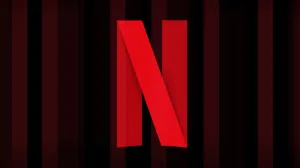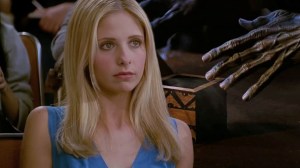Godzilla Minus One is up for an Academy Award at this year’s Oscars for “Best Visual Effects”. This fact is made all the more impressive due to the low budget that was needed to bring this new take on the king of the monsters to the silver screen. In a new interview, director Takashi Yamazaki took the opportunity to explore how Godzilla was brought to life while
Videos by ComicBook.com
In chatting with the LA Times, Yamazaki starts by detailing the approach to this new iteration of the kaiju king, “We wanted to make Godzilla very, very cool for this film. The head is on the smaller side, the legs are very thick. When the feet are stomping on the ground, you can almost see the toes being raised, like a wild animal’s. And we wanted impact for the audience, so there’s an intense level of getting up close, personal and detailed, that you can’t really do with a man in a suit.”

Godzilla’s Minus One Appearance
Yamazaki confirms that the budget was $10 to $15 million USD, making it all the more impressive when it comes to Godzilla Minus One’s visual effects, “In terms of polygon counts, we’re talking millions that went into creating Godzilla this time. In terms of the skin texture, there was a dinosaur origin, but when it’s wounded, a regeneration happens and there’s a different texture, like you would see on any wound. We wanted a mix, brought in new layers that would make the look very unique.”
Takashi continued, discussing how Godzilla’s first-ever appearance influenced its look in the latest film, “We wanted to go back to the original reason for Godzilla’s existence. The creature is a metaphor for nuclear weapons, so we mimicked the way a weapon would work inside of his body. Each element would come together and create an implosion, and that’s when the blue rays would come out.”
When it came to saving money, Yamazaki detailed how the crew was able to use older techniques to help in creating the scenes of destruction, “We had a matte artist who did 2-D that had a little bit of movement. Once we found that that switch was actually working, we were like, ‘Oh, my gosh, we spent so much time with CG that couldn’t get it, but now we have this really cool trick to get the mushroom clouds in there!”








